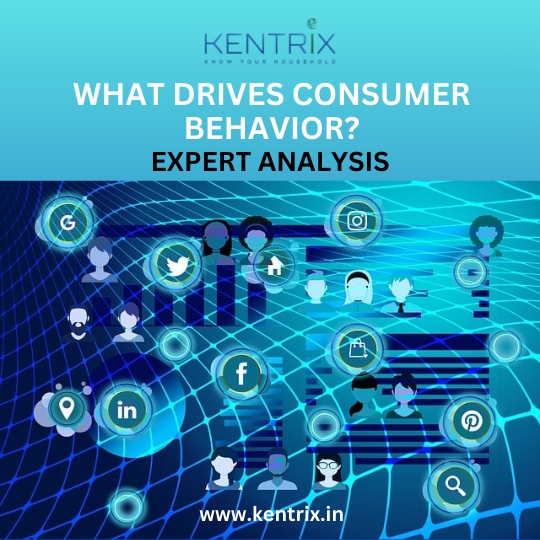Introduction
Understanding consumer behavior is crucial for businesses aiming to increase sales, improve customer satisfaction, and build brand loyalty. Consumer behavior encompasses the psychological, social, and economic factors that influence how individuals make purchasing decisions. Businesses that comprehend these drivers can create more effective marketing strategies, enhance customer experiences, and ultimately gain a competitive edge.
This expert analysis explores the key factors influencing consumer behavior, the role of psychology in decision-making, and strategies businesses can use to leverage these insights for growth.
What is Consumer Behavior?
Consumer behavior refers to the study of how individuals select, purchase, use, and dispose of goods and services. It is influenced by multiple internal and external factors, including personal preferences, social influences, cultural norms, and economic conditions.
By analyzing consumer behavior, businesses can identify trends, predict future buying patterns, and optimize their marketing efforts.
Key Factors Influencing Consumer Behavior
1. Psychological Factors
a. Perception
Perception plays a significant role in how consumers interpret information about products and brands. Businesses need to ensure that their messaging aligns with consumer expectations and preferences.
b. Motivation
Motivation, as explained by Maslow’s Hierarchy of Needs, drives consumers to make purchases based on their current needs—ranging from basic survival (food, shelter) to self-actualization (luxury and personal growth).
c. Learning & Memory
Past experiences and learned behaviors affect future purchasing decisions. Brands that provide positive experiences build strong customer loyalty.
d. Attitudes & Beliefs
Consumers form opinions about products and brands based on personal beliefs, cultural backgrounds, and past experiences. Companies must shape positive perceptions through effective branding and messaging.
2. Social Influences
a. Family & Friends
Recommendations and word-of-mouth influence purchasing decisions. Consumers tend to trust opinions from family, friends, and online reviews more than traditional advertisements.
b. Social Class & Status
Consumers often purchase products that align with their social class and status aspirations. Luxury brands, for example, market exclusivity and prestige.
c. Cultural Influences
Culture impacts consumer preferences, values, and buying behaviors. Businesses expanding into international markets must understand and adapt to cultural differences.
d. Reference Groups & Influencers
Modern consumers rely on influencers and social media personalities for purchasing recommendations. Brands collaborating with influencers can boost their credibility and reach.
3. Economic & Situational Factors
a. Income & Purchasing Power
Consumer behavior is directly linked to income levels. Higher-income groups may prioritize luxury and premium products, while budget-conscious consumers seek affordability and value.
b. Economic Conditions
During economic downturns, consumers tend to be more price-sensitive and prioritize essential goods over discretionary spending.
c. Seasonality & Trends
Certain products see increased demand based on seasonal changes (e.g., holiday shopping, back-to-school season) and industry trends (e.g., sustainability, tech innovations).
d. Availability & Convenience
The ease of access to products influences purchasing decisions. Online shopping, fast delivery, and seamless checkout experiences encourage higher conversion rates.
The Role of Emotions in Consumer Behavior
Emotions significantly impact purchasing decisions. Businesses that connect emotionally with consumers build stronger relationships and brand loyalty. Key emotional triggers include:
1. Fear & Urgency: Limited-time offers, flash sales, and scarcity tactics create a sense of urgency.
2. Happiness & Excitement: Positive branding and engaging marketing campaigns make customers feel good about a purchase.
3. Trust & Security: Consumers prefer brands that ensure data privacy, product reliability, and transparency.
4. Belonging & Identity: Brands that align with personal identity (e.g., sustainability, inclusivity) attract loyal customers.
How Businesses Can Leverage Consumer Behavior Insights
1. Personalized Marketing Strategies
Using data-driven insights, businesses can create targeted campaigns that resonate with specific customer segments. Personalized email marketing, AI-driven recommendations, and retargeting strategies enhance engagement.
2. Behavioral Segmentation
Segmenting consumers based on behavior (e.g., frequent shoppers, first-time buyers, deal-seekers) allows businesses to tailor marketing efforts effectively.
3. Optimized Pricing Strategies
Dynamic pricing models based on demand, customer preferences, and competitor analysis help maximize profits while ensuring affordability for different customer groups.
4. Enhancing Customer Experience
Providing seamless online and offline shopping experiences, responsive customer support, and hassle-free returns boosts customer satisfaction and loyalty.
5. Leveraging Social Proof
Displaying testimonials, user reviews, and influencer endorsements builds trust and encourages potential customers to make purchasing decisions.
6. Psychological Triggers in Marketing
Incorporating psychology-based marketing tactics such as scarcity (limited stock alerts), reciprocity (free trials, discounts), and authority (expert endorsements) can increase conversions.
Challenges in Understanding Consumer Behavior
1. Rapidly Changing Trends
Consumer preferences shift frequently due to technological advancements, social movements, and market dynamics. Businesses must stay agile to adapt quickly.
2. Data Privacy Concerns
With increasing concerns over data privacy regulations (GDPR, CCPA), businesses need to adopt ethical data collection practices while maintaining personalization.
3. Influence of Digital & Social Media
Social media trends can cause unpredictable shifts in consumer behavior, making it challenging to forecast long-term preferences.
4. Cognitive Biases & Irrational Decisions
Consumers do not always make rational choices. Emotional, habitual, and subconscious factors often override logical decision-making.
Also Read : The Role of Demographic Profiling in Predicting Consumer Behavior
Conclusion
Consumer behavior is a complex interplay of psychological, social, and economic factors. Businesses that understand these drivers can craft more effective marketing strategies, improve customer engagement, and drive long-term growth. As digital transformation continues to reshape industries, leveraging data-driven consumer insights will be crucial for staying competitive.
For businesses looking to harness the power of consumer behavior insights, Kentrix offers cutting-edge data analytics solutions. With expertise in behavioral analysis, customer segmentation, and predictive modeling, Kentrix empowers businesses to make data-driven decisions that enhance customer experiences and boost revenue.
Contact Kentrix today to explore how consumer behavior insights can transform your business strategy.
By implementing the strategies and insights outlined in this guide, businesses can refine their approach to marketing, product development, and customer engagement, ensuring sustainable success in an ever-evolving market.



